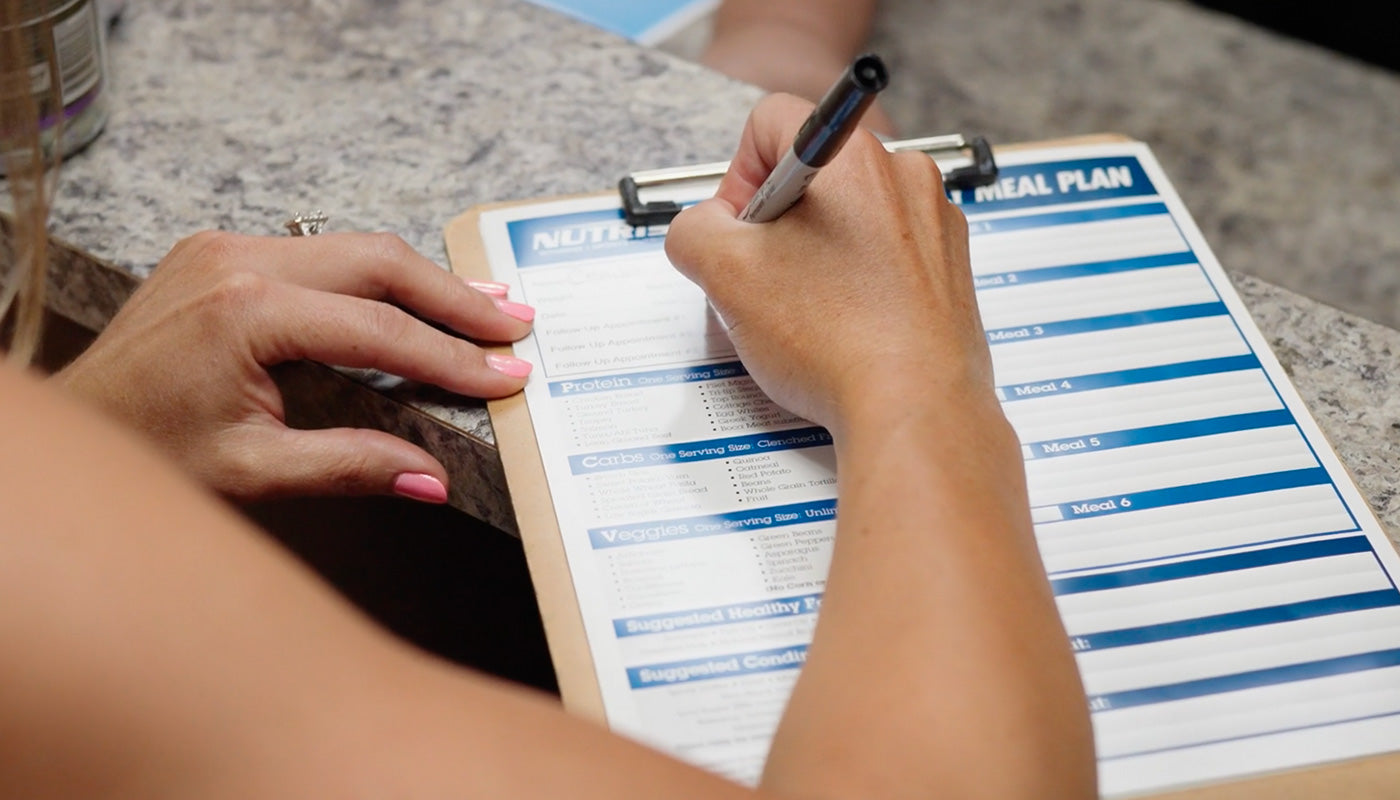So you've got some extra, um, quarantine pounds you'd like to eliminate (hey, we're not judging!), but still can't or don't want to go to a gym. Well, there is one sure-fire activity you can do to help you sizzle calories and increase your fitness level that's free and relatively easy – and that's walking.
Now, we aren't talking about sauntering along on an evening stroll in the neighborhood. We're talking about putting some "oomph" in your step to help you get the most out of the precious time you take each day to work on your most valuable commodity: YOU!
Benefits of Walking
Walking burns calories, can help you to lose weight, improves health and fitness, and, it's fun, can be performed solo or with others. Best of all, you don't need any fancy equipment, just a good pair of tennis shoes!
Multiple studies show that just exercising 45-60 minutes a day can help stave off diseases such as diabetes, heart disease, and cancer. Other studies show that interval training is far more effective at burning fat than exercising moderately for longer periods of time. Plus, the faster you go (or more intervals you add), the more calories you burn while at rest (exercise intensity = increased metabolism = extra calories burned). And, a more recent study, revealed that those who walked briskly for an hour a day slashed their genetic predisposition towards obesity in half.
Some additional benefits of walking? Walking is less strenuous on joints and muscles and can be performed by any age group or gender. Walking can boost bone density and help stave off osteoporosis, which affects about 10 million per year, according to the National Institutes of Health.
Step Up the Pace
But walking at a strolling pace won't do. A 150-pound person would have to walk two hours a day seven days a week to burn off one pound per week (provided he or she burns more calories than consumed). And that's a lot of time!
However, add some intervals to your walk, and you will up your calorie-churning ante. To make it easy, adding intervals means you increase your speed for a short period of time and return to a normal pace for a period of time and repeat.
To start, alternate between a moderate pace (where you can say the sentence, "I'm walking at a moderate pace" with no problem) for three to four minutes. Then, increase to a brisk pace (you shouldn't be able to say that sentence easily) for one minute. Do this for 30 minutes to an hour every day.
To increase intensity (and fat-burning potential), walk at a moderate pace for two minutes then fast for 90 seconds. Eventually, you should progress the intervals to be the same length as the recovery period (i.e., one minute fast, one minute moderate). If you want or need to, you can divide the hour you walk in half and walk for 30 minutes in the morning and 30 in the evening.
Don't Forget Diet is King
But you can't just start walking and expect massive fat-loss results. Diet is still king when it comes to losing weight effectively. It doesn't matter how fast or slow you walk if you don't get your diet dialed in.
So, eat right, get moving, and feel great.






